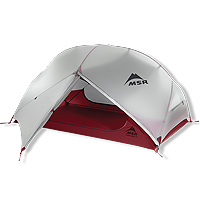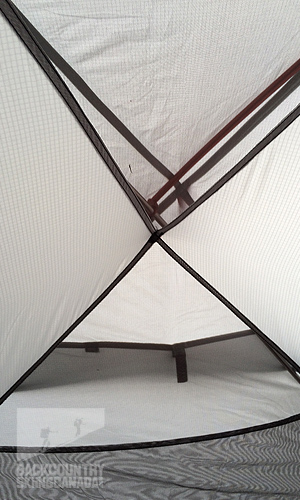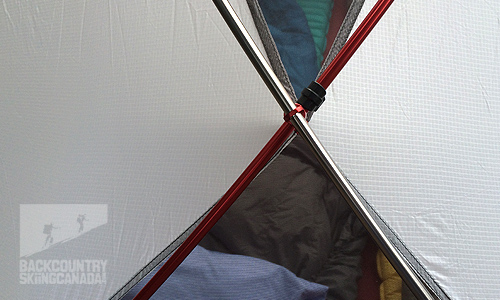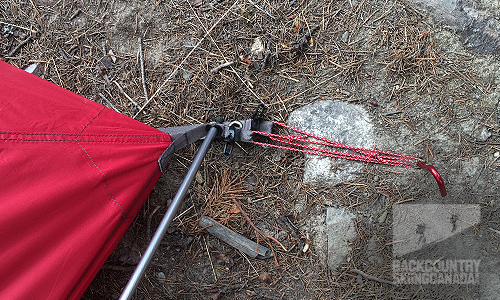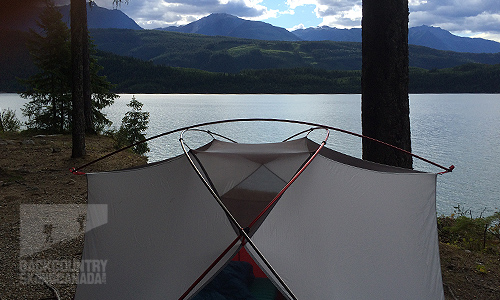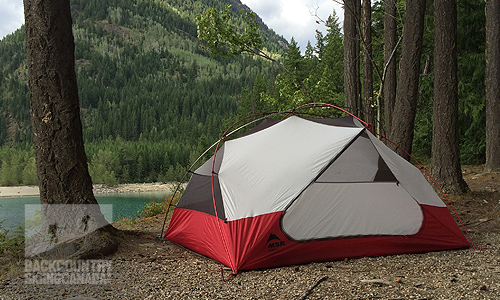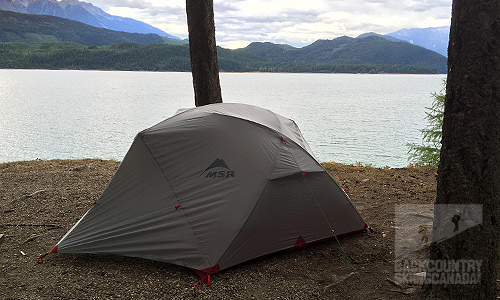


SITE LOGIN
-
REVIEWS
- Ski Gear
- Clothing
- Accessories
- Off-Season Gear
- Lifestyle
- Lodges and Accommodation
- Nutrition
- Manufacturers
- Destinations
- Training
- Gear of the Year
- Best New Summer Gear
-
Holiday Gift Guide
-
Holiday Gift Guide 2024
- Holiday Gift Guide 2024 Base Layers
- MSR Explore Revo Snowshoes
- Fieldsheer Backcountry Heated Jacket
- Fieldsheer Premium 2.0 Merino Heated Socks
- MEC Hut Booties and Slippers
- Arc’teryx Kopec GTX Shoe
- Arc’teryx Kragg Insulated Approach Shoes
- Gregory Verte 18 Backpack
- Grundens Deck-Boss Ankle Boot
- MEC Northern Light Vest
- Montec-Scope-Ski-Goggles
- Mountain Hardware Kor Airshell Hoody
- Mountain Hardware Kor Alloy Crew
- Arcade Atlas Belt
- Dynafit Ridge Dynastretch Jacket
- Shokz OpenRun Pro 2 headphones
- Buff Merino Move Multifunctional Neckwear
- Bootdoc Foot Warmer
- Cotopaxi Allpa 42L Travel Pack
- DPS LastBag
- DPS PHANTOM Glide At-Home Kit
- DPS Mission Quiver Roller
- Dragon Amped sunglasses
- Dragon DX3 Plus OTG photochromic goggle
- Fuse Lenses Anclote Flashback
- Garmin Fenix 8 Solar Sapphire Watch
- Gregory Alpaca Gear Tote 30
- Hotronic Boot Dryer
- MEC Aluminum Pot Set
- Gnara Go There Pants
- Grundens Shackleton 2.0 Duffel
- Jones Deeper 19L Backpack
- Le Bent Core Midweight Crew base layer
- Leatherman ARC
- Montane Nordes Hooded Softshell Jacket and Pants
- Helly Hansen Odin Everdown Hooded Jacket
- Helly Hansen Verglas Infinity Shell Jacket 2.0
- Montec Fawk Ski Jacket
- Pomoca Free Pro 2.0 Skins
- Rab Glaceon Pro Down Jacket
- Rab Khroma Converge GORE-TEX Ski Jacket & Pants
- Smith Squad MAG Goggles
- Stellar Guide Aerogel Hybrid Hood 2.0
- Stellar Ultralight Down Hood 2.0
- Arms of Andes Alpaca Half Zip & Wool Leggings
- Cotopaxi Allpa 70L Duffel Bag
- Giro Taggert Mips Helmet
- Loonr Hi Flyer Boots
- Paka Mountain Crew
- Roll Recovery SUPERPLUSH Classic Shoes
- Smartwool Smartloft Hooded Jacket and Pants
- Ortovox Switchback 32 Ski Touring Backpack
- Cotopaxi Allpa X 3L Hip Pack
- Giro Sagen Ski Goggle
- Icebreaker Ski+ Over the Calf Socks
- MEC-Fireside-Fleece-Snap-Pullover
- Montec Roast Mittens
- Mountain-Hardware-Sunblocker-Hoody
- MSR Titan Kettle 900 ml
- Tailgate-Industries-The Gondom-Goggle-Cover
- Wild Country Rope Tarp
- Bootdoc Race Merino PFI 50 Socks
- Remind Soles Destin Impact Insoles
- Kari Traa Rose Baselayer Half Zip Top and Pants
- Le Bent Midweight Quarter Zip
- Ombraz Dolomite Sunglasses
- Ortovox Fleece Rib Hoody
- Ortovox Merino Thermovent Base Layer
- Smartwool Intraknit Merino Tech Half Zip
- Suunto Wing Bone Conduction headphones
- Sweet Protection Adapter Mips Helmet
- Sweet Protection Connor Rig Reflect Goggles
- Zeal Optics Selkirk Glacier Glasses
- Norrona more flex1 Pants
- Norrona Octa Zip Hood
- Norrona Lyngen Alpha100 Zip Hood
- MEC Deluxe Pillow
- Holiday Gift Guide 2023
- Holiday Gift Guide 2022
- Holiday Gift Guide 2021
- Holiday Gift Guide 2020
- Holiday Gift Guide 2019
- Holiday Gift Guide 2018
- Holiday Gift Guide 2017
- Holiday Gift Guide 2016
-
Holiday Gift Guide 2024
- Pro Skier Interviews
- NEWS
- STORE
- ROUTES
- LODGING
-
VIDEOS
- 2022/23 Gear Reviews
- 2021/22 Gear Reviews
- 2020/21 Gear Reviews
- 2019/20 Gear Reviews
- 2018/19 Gear Reviews
- 2017/18 Gear Reviews
- 2016/17 Gear Reviews
- 2015/16 Gear Reviews
- 2014/15 Gear Reviews
- 2013/14 Gear Reviews
- 2012/13 Gear Reviews
- 2011/12 Gear Reviews
- 2020 Outdoor Retailer
- 2019 Outdoor Retailer
- 2018 Outdoor Retailer
- 2017 Outdoor Presscamp
- 2017 Outdoor Retailer
- 2016 Outdoor Presscamp
- 2016 Outdoor Retailer
- 2015 SIA Show
- 2014 Outdoor Retailer
- 2013 SIA Show
- 2012 Outdoor Retailer
- Tips and Tricks
- Backcountry Skiing
- SAFETY
- ABOUT
- REVIEWS
- NEWS
- STORE
- ROUTES
- LODGING
-
VIDEOS
- 2022/23 Gear Reviews
- 2021/22 Gear Reviews
- 2020/21 Gear Reviews
- 2019/20 Gear Reviews
- 2018/19 Gear Reviews
- 2017/18 Gear Reviews
- 2016/17 Gear Reviews
- 2015/16 Gear Reviews
- 2014/15 Gear Reviews
- 2013/14 Gear Reviews
- 2012/13 Gear Reviews
- 2011/12 Gear Reviews
- 2020 Outdoor Retailer
- 2019 Outdoor Retailer
- 2018 Outdoor Retailer
- 2017 Outdoor Presscamp
- 2017 Outdoor Retailer
- 2016 Outdoor Presscamp
- 2016 Outdoor Retailer
- 2015 SIA Show
- 2014 Outdoor Retailer
- 2013 SIA Show
- 2012 Outdoor Retailer
- Tips and Tricks
- Backcountry Skiing
- SAFETY
- ABOUT
TOP VIDEOS
- Home
- »
- REVIEWS
- »
- Off-Season Gear
- »
- Camping
- »
- Tents
- »
- MSR Elixir 3 Tent
MSR elixir 3 Tent
We’ve enjoyed testing quite a few products from MSR (Mountain Safety Research) and the parent company, Cascade Designs, over the years. The MSR Elixir 3 is our third tent from them. To read what our experience has been with the MSR Nook Tent and the MSR Carbon Reflex 3 Tent models, click on the links. MSR is a stalwart in many backcountry essentials, including the super-duper WhisperLite Stove we looked at a couple years back and are still running today. Within the Cascade group, you’ll also find Hummingbird, Thermarest, SealLine and a couple other brands that you likely see in the woods (and on city streets).
It’s been an excellent learning experience to have tested a few tents from MSR because it enables us to understand where the Elixir-3 fits into the spectrum of what’s on offer. It’s positioned as a lightweight backpacking tent—rather than the Carbon Reflex 3, which falls into the ultra-lightweight rubric. Because the Elixir 3 is made of materials that feel a little beefier, it weighs in at 5 lbs 10 oz / 2.53 k, rather than the Reflex’s 4 lbs 9 oz / 2084 g. The pegs are a little less high-tech and also heavier. Guess what, though? It’s also about half the price. Good-on MSR for providing a range of tents for users, though. The three tents we’ve had over the years are in the “Experience” category. There’s also a fast ‘n light “Essentials” category and “Explore” for more expedition style shelter.
Let’s drill down to some feature photos, shall we?
- SHOW THE REST OF THE REVIEW / PHOTOS / VIDEO
-
This shot from the inside-out, shows how the poles line-up with the fly and the mesh areas of the tent.
And here’s a shot from the outside-in, showing one of two points at which the poles meet (it’s a fixed position, actually). You can also see how the poles are colour coded to match with the grommets holding the tent to the ground—and the fly to the tent. This colour coding is super helpful. Without it, the tent’s somewhat asymmetrical design could complicate set up.
Here’s the pole into the grommet shot. Colour coded, thankfully. See also the shepherd’s hook peg design—a bit of a downgrade from those provided with the Nook or the Carbon Reflex-3 tents.
Here’s the pole design, in all its glory. Two poles with two fixed points, and one smaller pole across the top. Note that the tent itself isn’t mostly mesh the way some lighter versions might be—and I am OK with this. It makes you feel a little more protected and private from the outside, while enjoying maximum ventilation.
Here’s a full shot of the Elixir-3 in no-fly mode. Note the raised entryway to minimized incoming water. A groundsheet/footprint is included, BTW.
With fly on. Note the little ventilator window just to the right of the logo. The doors also roll up easily to provide a cross breeze. Double vestibule for gear and more space.
For an idea of size, here’s the Elixir-3, next to the Nook, next to the 750ML bottle of Jamieson. Sláinte.
Here’s the Elixir-3 in its element—Whitewater Canyon, Central Kootenays, BC. No grizzly bears were harmed in the shooting of this photo. Again ~ warm temps and no rain? Fly off.
Features:
Number of Doors: 2
Freestanding: yes
Number of Poles: 2 7000 series aluminum
Number of Stakes: 6 AluminumFabrics:
- Rainfly Fabric: 68D ripstop polyester 1500mm Polyurethane & DWR
- Canopy Fabric: 40D ripstop nylon
- Mesh Type: 20D nylon micromesh
- Floor Fabric: 70 taffeta nylon 3000mm Durashield polyurethane & DWRFeatures:
At $285, the Elixir-3 is a good value tent which will comfortably fit two people, or three in a pinch. I’m not an unintelligent person (no comments, please) but I sometimes am challenged with tent set up-- especially if it’s dark, I’m exhausted, it’s raining, or all three. The Elixir-3’s colour-coded poles and grommet fasteners make it an easy set-up for all but the most brain-dead of campers. Yes, the tent isn’t as light as the Reflex-3, but if you split the weight between two people (as I did on a recent trip) it’s totally manageable.
The 40D ripstop nylon, that the tent proper is made out of, feels sturdy and durable. Sometimes, with the faster and lighter models, it feels like the material is more likely to tear if caught on a twig or sharp rock. It all comes down to thickness, and in many cases, the Elixir-3 material is twice as thick as what you’ll find in an ultra lightweight tent, like the Reflex.
I appreciate the dual, two-fixed-position pole program for ease of set-up, and I also am thankful for the included footprint. Having tested a number of tents, I often wonder what it is that manufacturers use to determine price. I love the Carbon Reflex-3 but my love isn’t proportionate to its price tag—which is twice as much as the Elixir. I’d recommend the Elixir-3 to non-weight weenie, value conscious shoppers.
 |
PROS:
|
 |
CONS:
|
SPECS:
Price: $285 CAN
Capacity: 3
Minimum Weight: 5lbs 10oz / 2.53k
Packed Weight: 6lbs 13oz / 3.1k
Fast & Light® Minimum Weight w/ footprint: 4lbs 4 oz / 1.92k
Floor Area: 39.5sq ft / 3.67sq m
Interior Peak Height: 41" / 104 cm
Packed Size: 20x8 in / 51x20 cm
RATING: 8.5/10
Interior Space 2/2
Design 1.5/2
Features 2/2
Weight 1/2
Quality / Price 2/2
Did we miss something? Are we totally out to lunch? Let us know what you think. People like/dislike gear for different reasons so chime in below and we'll get a well-rounded evaluation.
Leave a Comment:
Copyright © 2023-24 Backcountry Skiing Canada. All Rights Reserved.







